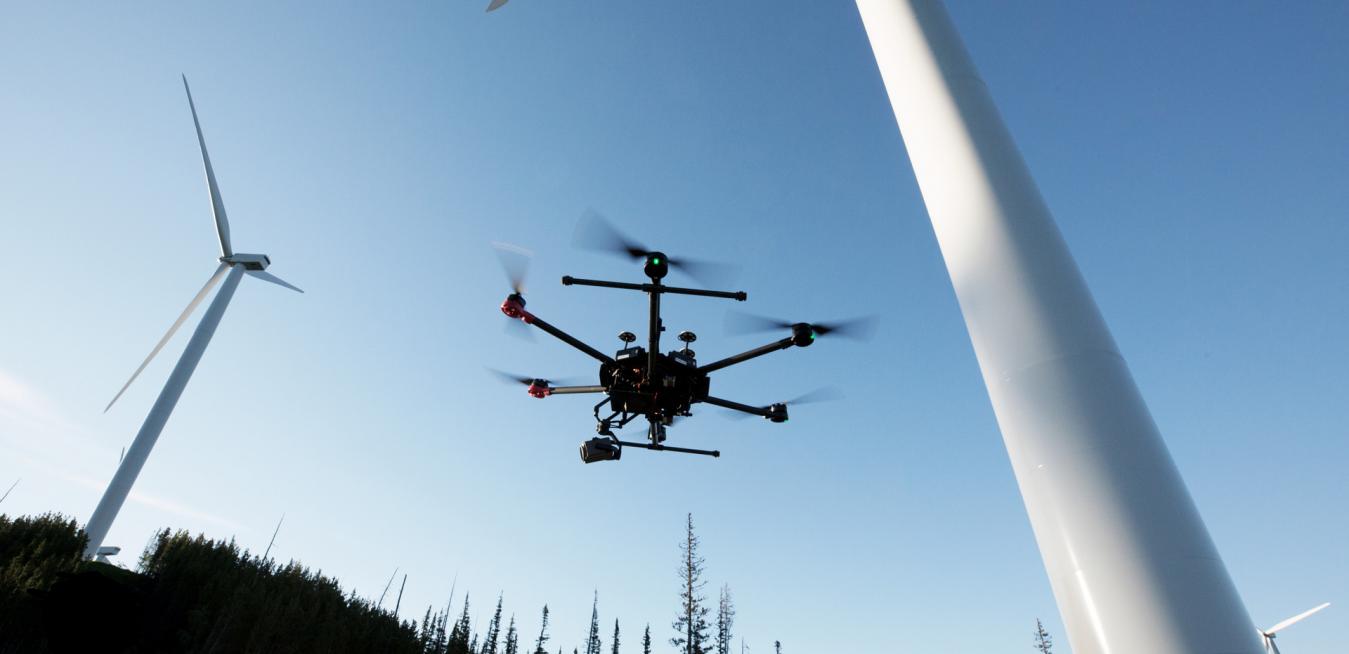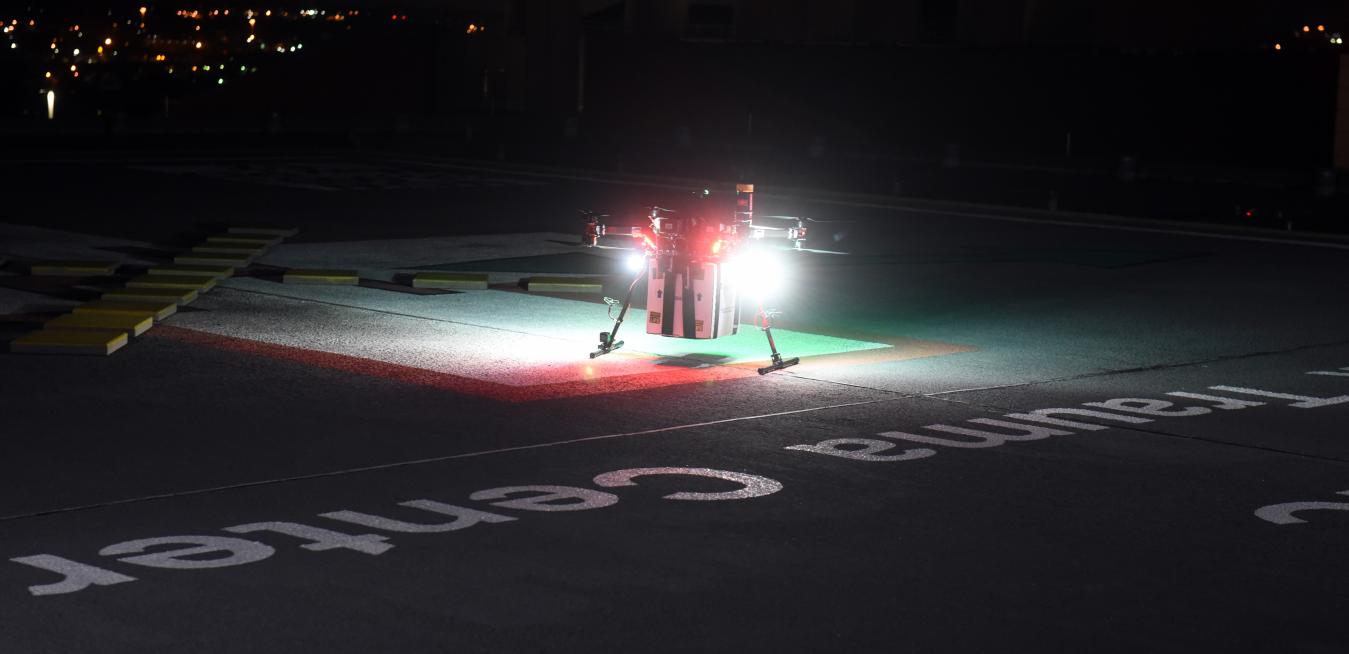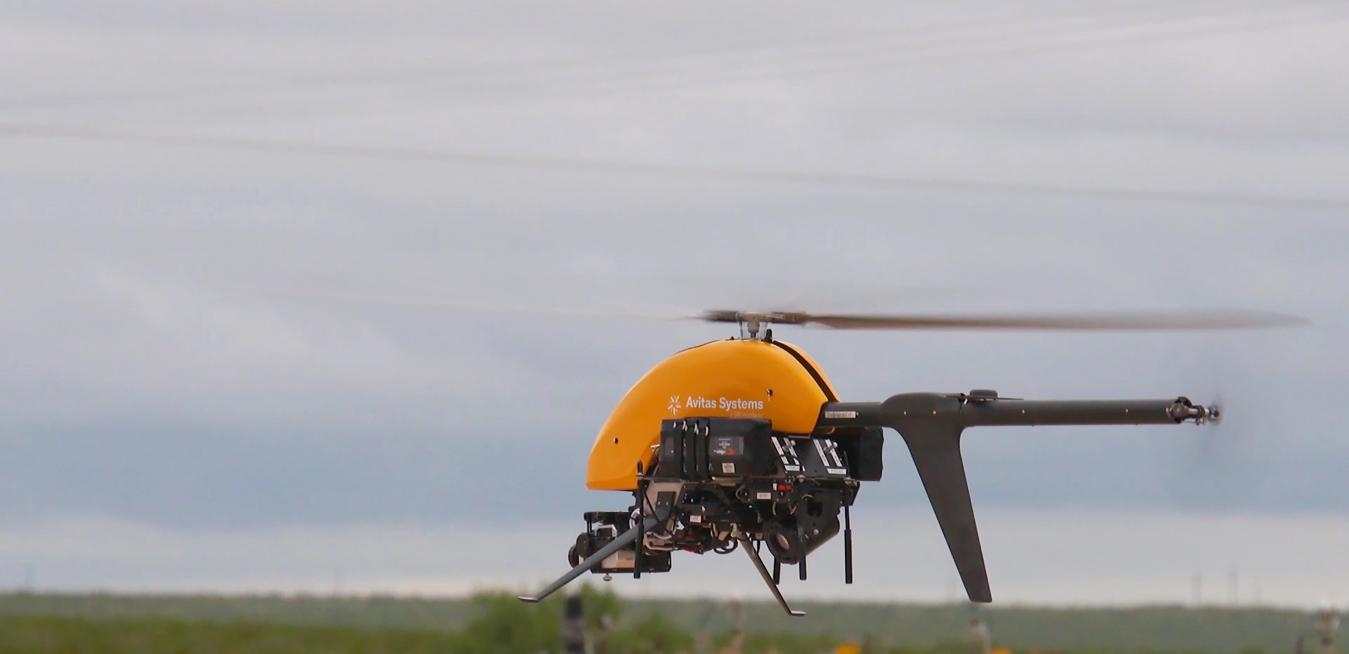- Findings featured in the cover story of the May issue of Nature Electronics
- New dielectric excitation strategy applied to conventional gas-sensing materials reveals extraordinary new performance capabilities
- Demonstrated achievements include ultra-broad range of detected gas concentrations, high response linearity, boosted sensor stability, and eliminated effects of ambient temperature
- Contemporary low-power integrated circuit electronic compone
For media inquiries, please contact:
Todd Alhart
Director, Innovation Communications
GE Aerospace
+1 518 338 5880
[email protected]
business unit
tags
Moving a human kidney, a wind turbine blade or a 400-pound nacelle requires a deep understanding of your precious cargo and some creativity when it comes to employing planes, trains and automobiles (or in this case drones, trucks and boats). Here’s a look at how GE got three important parcels from point A to point B:
More than 1 million drones already fill the skies in the U.S. But the vast majority, almost 90%, are high-priced toys sold at retail stores. If drones can get the OK for use in commercial situations — such as infrastructure inspection, agricultural operations, even package delivery — analysts see the potential for an industry worth tens of billions of dollars in the next few years.
A medical and aviation breakthrough took place in the Baltimore skies last week when the world’s first human organ for transplant was delivered by drone. The University of Maryland, with assistance from AiRXOS, a unit of GE Aviation, successfully delivered a human kidney from Baltimore’s St. Agnes Hospital to the university’s medical center 2.7 miles away. The 10-minute flight took place at about 12:30 a.m. on April 19, and resulted in 44-year-old Trina Glispy receiving the kidney around 5 a.m. She had spent eight years on dialysis before undergoing the procedure.
Could Coal Get The Benjamin Button Treatment?
https://www.youtube.com/watch?v=03gWgCN61F0
Whispered messages can be transmitted across a room directly into the ear they’re intended for, a shirt can change its properties whether it’s hot or cold out, and a new military grenade comes loaded with a net for capturing drones. All that and more in this week’s coolest scientific discoveries.
The endeavor to get unmanned aircraft to coexist safely in the sky with planes and other “manned” flying vehicles took a significant first step recently as a group of researchers, engineers and pilots gathered in upstate New York. For the first time they successfully tested drone flights integrating next-generation airborne collision avoidance system (ACAS X), which is being developed by the Federal Aviation Administration (FAA).
A Trojan Horse Approach To Cancer












